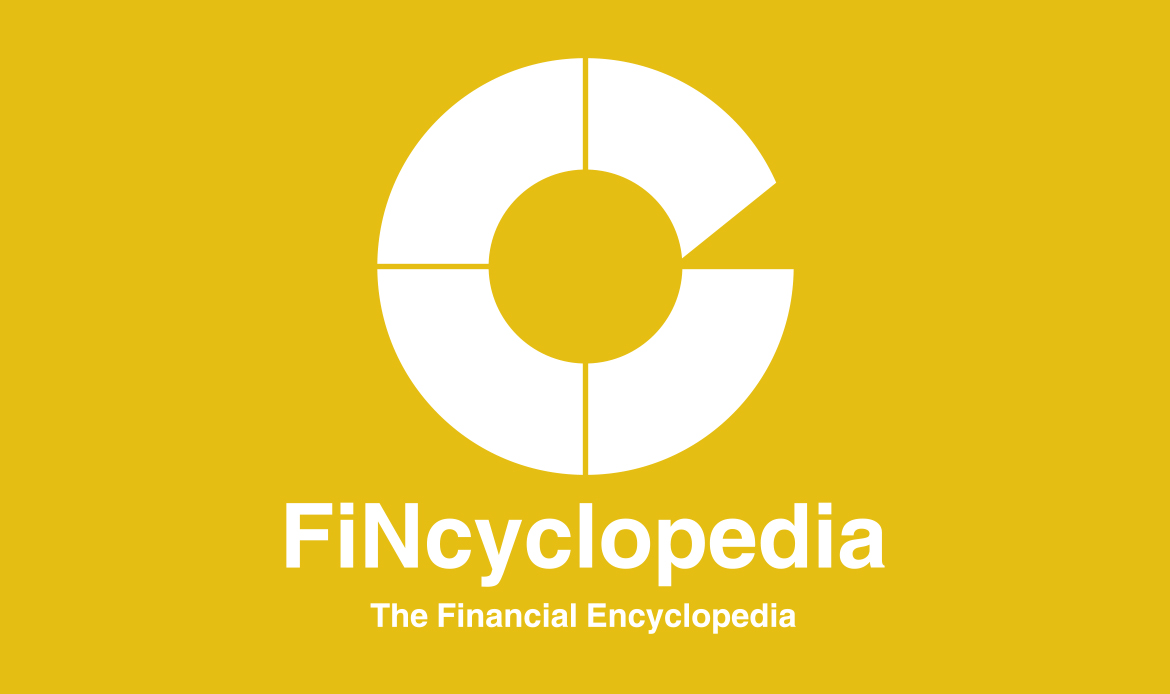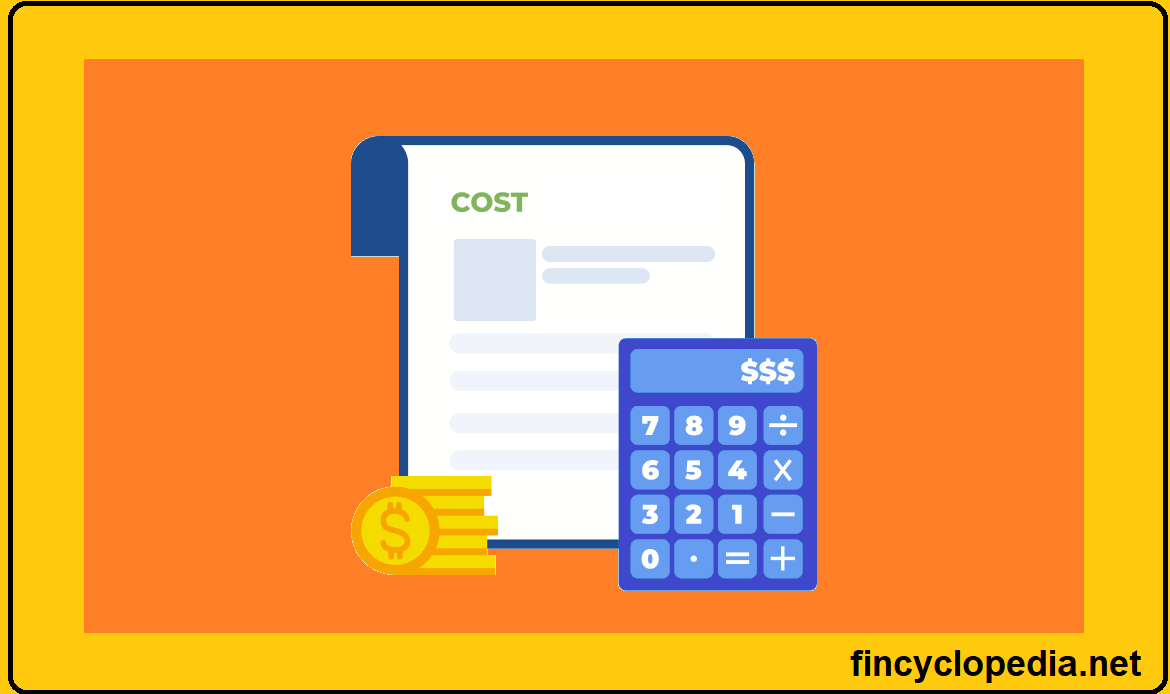In connection with assets, it is the present value of the cash flows that are expected to result from the use of an asset over its useful life and from its disposal at the end of that life. For a liability, it is the cash flows that are expected to arise when settling a liability. In specific cases, the use of fair value cannot practically be the best base of value, as the factors that are specific to an entity and not available to to other market participants. These factors are usually not considered amongst the inputs used in a market-based valuation.
Such factors are determined on a case-by-case basis. The value of an asset may not be calculated in isolation from other assets (a portfolio of assets). This interconnection can add or reduce value to a specific asset and hence impacts its value in an entity-specific manner. However, if an asset cannot be transacted as a stand-alone item but as part of a portfolio, then any synergies resulting from such interconnection would be transferable along with the entire portfolio. As such, valuation of such assets is not entity specific.
Examples of entity-specific factors are:
- unique synergies between as asset and other assets owned by the same entity.
- tax benefits associated with the use of a particular asset.
- additional value resulting from the construction of a portfolio of assets.
- using an asset by an entity in a unique manner that produce entity-specific effects.
The entity-specific value is also known as a value in use (VIU).







